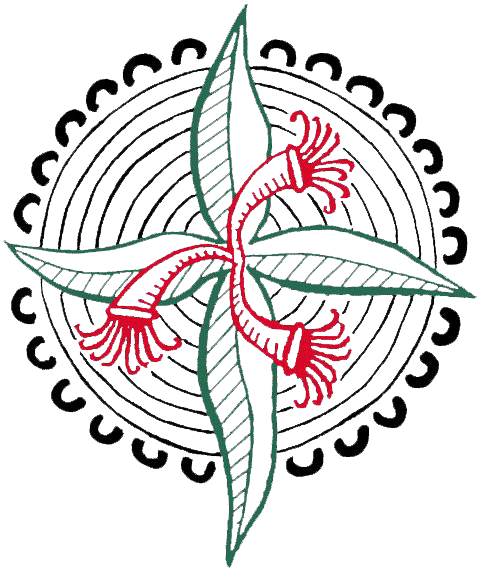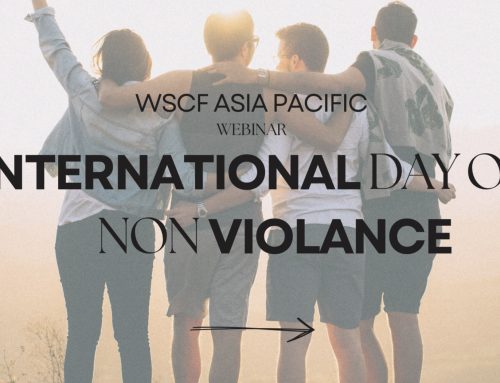Here is the ASCM and Anabaptist e-Book on peace
E-book on Peace – Australian Student Christian Movement (ASCM) and Anabaptists Association of Australia and New Zealand
 This e-book on peace, compiled by Lucy Jarasius and David Hale for the Australian Student Christian Movement and Anabaptists Australia-New Zealand, aims to provide a helpful resource to generate conversation about peace-building and a list of practical things that people, especially young people, can do to address and work towards the end of global conflict. It does not provide an exhaustive discussion or provide a complete list of options, and it is limited by our philosophies.
This e-book on peace, compiled by Lucy Jarasius and David Hale for the Australian Student Christian Movement and Anabaptists Australia-New Zealand, aims to provide a helpful resource to generate conversation about peace-building and a list of practical things that people, especially young people, can do to address and work towards the end of global conflict. It does not provide an exhaustive discussion or provide a complete list of options, and it is limited by our philosophies.
For example, we only included on our list peace building organisations that are based on non-violent solutions. Our main focus is on armed conflict, although we did not completely exclude interpersonal conflict, since that does have real impact on people's experience of life. We have not given any attention to nuclear war, or disarmament; not because they are non-issues, but because we chose to focus on things that demonstrably have caused the most pain and destruction i.e. historically, conventional warfare has either killed, injured and/or traumatised millions of people.
Although there is much in the world of peacemaking to profile, for the purposes of this publication, we had to limit our scope. We propose that peace-work goes beyond government-to-government diplomacy. Individuals can aspire to and actualise their own international positive relationship-building when they visit other countries. The shared ideas and experiential learning shape, for better, or sometimes for worse, the broader efforts of international diplomacy.
The winners of the Nobel Peace Prize exemplify how varied peace work can be – from those who have won for safeguarding freedom of expression to ensure democracy to those active in the strategy and implementation of humanitarian assistance in the wake of human- initiated disaster.
We feel that our recommendations provide more grit and gravitas than the idealised "flower power" philosophy prevalent in the "hippie" movement of the mid-20th century. Peace-building involves far more than merely inviting people to love each other. Multi-lateral approaches include government policy, non-government activism, freezing of national assets to make war less rewarding, post-conflict national rebuilding, foreign aid, peace education, development polices, working for gender equality, ensuring restorative justice for victims of war, and more.
Peace is not just about the absence of conflict. It includes a shift in vision and perspective, from a society prone to violence and condoning violence as a justifiable and acceptable response, to a society that is violence-aware, violence-wary and one that recognises a range of non- violent options to be explored and applied to contentious issues and volatile situations.
For all the historical conflicts that have arisen, there are an equal number of conflicts that have come (or will come) to an end. History is not only littered with conflicts, but also of conflict endings. This means that it is possible, at least in some cases, to establish peace.
Winners of the Nobel Peace Prize provide examples of just how difficult peace-building can be. The 2016 winner, Juan Manuel Santos, the President of Colombia, won for helping to end a 50-year civil war. Yet, many people within the country, on both sides, did not agree to the terms of the peace agreement. It is incorrect to think that everyone supports peace agreements.
This e-Book promotes a vision worth working towards – discussion and action with a view to motivating people to reimagine a better world…
There is an inspiring description in the biblical Book of Revelation 21:4 which paints the picture of a world where people can flourish in good relationship with each other and the natural environment "…there will no longer be death; there will no longer be sorrow and anguish, or crying, or pain; for the former order of things has passed away." (AMP)



